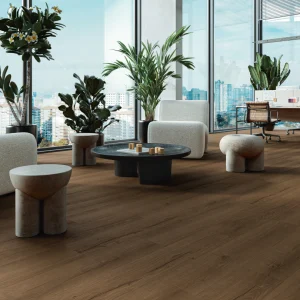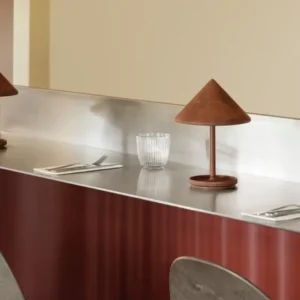The playground is considered the last bastion of urban freedom for kids today, and so, a ‘green’ play area is mandatory for a child’s health, safety and emotional growth, say landscape specialists.
Well, landscape architects and design specialists remind us that ‘grass’ doesn’t necessarily translate into ‘green’. While playgrounds do incorporate green elements in their schemes, sustainable design consists of creating environments that are built to last, using materials that are recycled, and an atmosphere that fosters social interaction, without causing harm to the environment. The average rusted monkey-bars, slides and swing sets certainly don’t conform to these standards.
The US Consumer Product Safety Commission lays down certain guidelines for playground safety: planning and construction to be overseen by a professional, responsible for designing the general environment and chosen play structures (e.g., landscape architect, building contractor, or child development specialist with a design and building background), taking into account age-appropriateness and intended use; secondly, regular maintenance checks; and lastly, timely repair and upgrade.
The green playground movement is fast gaining currency across the US and UK. Be it schools or public projects, landscape architects are increasingly being asked to design ‘green’ play area that respects and enhances natural settings, and creates play environments using natural materials, environmental art, indigenous plants and natural play components. These activities provide both, children and parents, a variety of play and learning experiences in safe and healthy settings.
For instance, the recreation area of 270-student San Francisco school at Bernal Heights District, uses very little of the conventional playground material, asphalt. Instead, landscape architect John Miller has traversed a greener path by creating a 25 feet ‘creek’ from discarded paving stones, ornate fencing crafted using recycled wood from old chicken coops, and climbing trees adorned with blue stripes that mean ‘go no higher’.
The most common, and perhaps the most popular components of kids playground are outdoor wooden swing sets and monkey bars. Wood swing sets are generally quite sturdy and sustain for years. Designers have the choice to use other sustainable materials such as recycled plastics, synthetic wood, recycled steel, and Forest Stewardship Council certified lumber. Kids’ equipment should also be free from PVC (polyvinyl chloride).
The Institute on Creating Sustainable Environments for Young Children (ICSEYC) is holding a two-day conference on sustainable design practice in child-care centers and outdoor environment, in Kansas City, Missouri from June 11-12, 2009. Participants will learn the basic principles of planning child care, early education, Head Start and Early Head Start environments that meet children’s needs and protect the environment. Topics include: Sustainable design practices, green building materials, choosing green suppliers, site and building assessment, and resources on sustainable environments.





